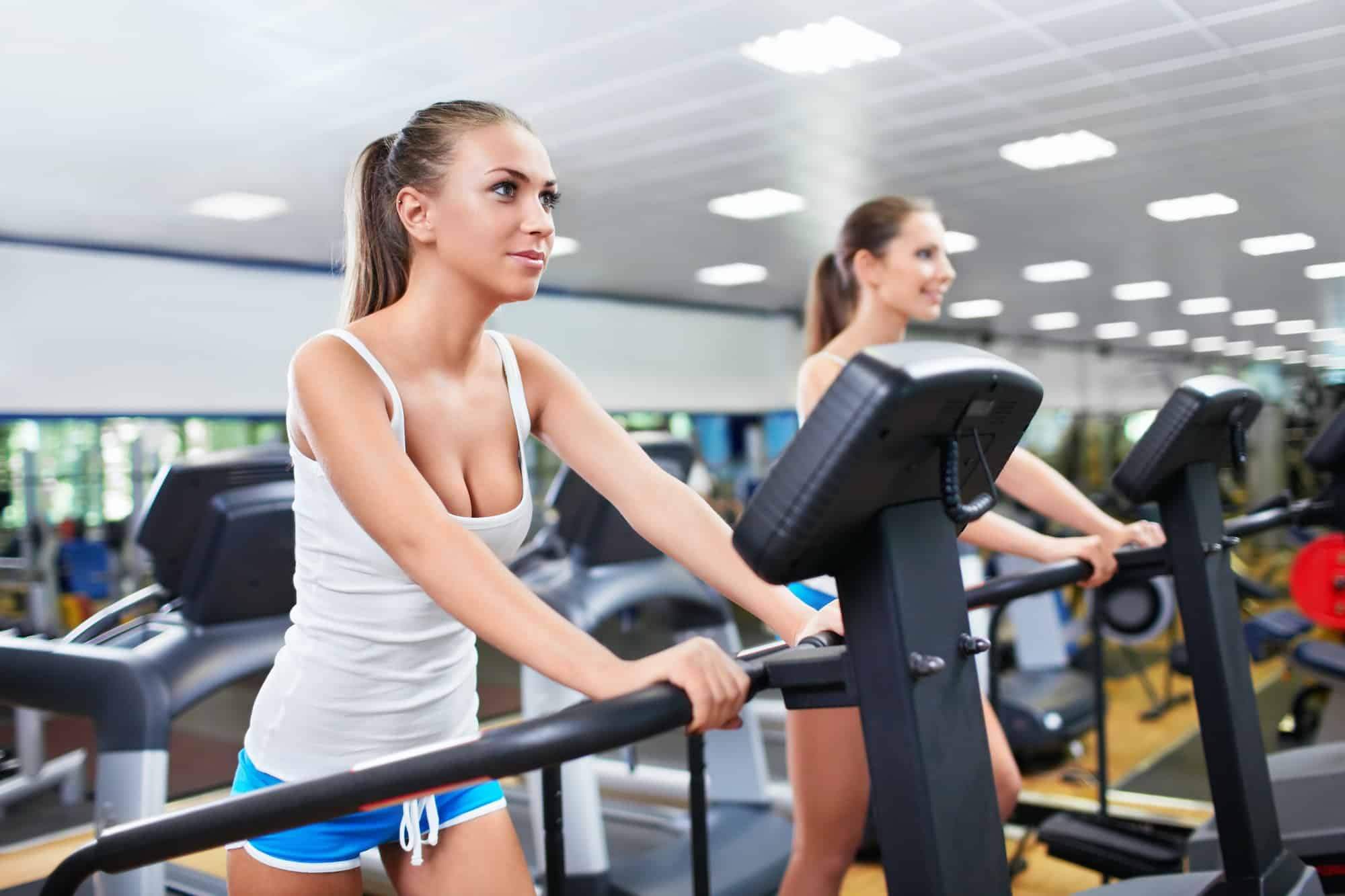What Is the Effect of Pilates on Core Strength and Injury Prevention in Cyclists?

As the world of sports continues to evolve, athletes are continually looking for ways to improve their performance and keep injuries at bay. Athletes like cyclists, who endure long hours on the bike, often face the challenge of maintaining optimal performance while preventing common injuries. But, have you ever considered how Pilates could contribute to this? In this article, we’ll dive into how Pilates, a system of exercises designed to improve physical strength, flexibility, and posture, can enhance core strength, boost performance, and help prevent injuries in cyclists.
The Significance of Core Strength in Cycling
Let’s begin by highlighting the importance of core strength in cycling. Cycling is much more than just pedaling. It requires the balance and coordination of several muscle groups, with the core being the epicenter of power and stability.
Also read : What Are the Impacts of Social Dancing on Mental Health and Community Engagement?
The core comprises a group of muscles that stabilize and move the spine. These include the rectus abdominis, transversus abdominis, internal and external obliques, and the erector spinae. These muscles work together to provide stability, power, and balance while cycling.
When you’re on the bike, your legs generate the power, but it’s your core that transfers this power to the pedal. Without a strong core, you’ll struggle to maintain a powerful cadence, especially during long rides. Core strength also comes into play while climbing, sprinting, or maintaining your balance while taking a sharp turn.
In parallel : How Can Precision Medicine Tailor Treatments for Patients with Rare Genetic Disorders?
Moreover, a strong core helps in maintaining good posture on the bike. This is crucial to prevent unnecessary strain on the back muscles and the spine, thus reducing the risk of back pain and spinal injuries.
Pilates for Core Strength
Pilates is a well-known exercise method for enhancing core strength. It’s a low-impact, full-body workout that focuses on the precision of movement and breath control. Unlike conventional workouts, Pilates works on the principle of muscle control, not muscle power. This makes it an excellent choice for cyclists, who need to balance power with finesse.
Pilates exercises focus on the deep muscles of the abdomen and the spine, which are often hard to target with other workouts. Exercises like the Pilates "hundred", "roll-up", and "scissor" are designed to engage and strengthen the core. Over time, this can significantly improve your core stability and strength.
By incorporating Pilates into your training routine, you can expect to see improvements in your cycling form and power output. A stronger core will allow you to maintain a more efficient and aerodynamic position on the bike, enabling you to cover longer distances with less fatigue.
Pilates for Injury Prevention
In addition to boosting performance, Pilates can play a significant role in injury prevention for cyclists. One common issue for cyclists is the overuse of certain muscle groups, which can lead to imbalances and, subsequently, injuries.
Pilates exercises can help to balance the body by improving muscle symmetry and alignment. This can reduce the risk of overuse injuries and help to prevent issues like knee pain, lower back pain, and hip discomfort, which are common among cyclists.
Moreover, Pilates is excellent for promoting flexibility and mobility. Cycling involves a lot of repetitive movements, which can lead to stiffness and reduced range of motion. Pilates exercises like the "saw", "mermaid", and "spine stretch" can help to improve flexibility and mobility, especially in the spine and the hip joint.
Furthermore, Pilates promotes body awareness, which is crucial for injury prevention. By practicing Pilates, you’ll become more aware of your body’s alignment and posture, both on and off the bike. This can help you to spot potential issues before they become serious injuries.
Pilates for Improved Athletic Performance
Finally, let’s look at how Pilates can help to enhance athletic performance in cyclists. By now, it’s clear that Pilates can improve core strength and prevent injuries, but the benefits don’t stop there.
Pilates can improve balance and coordination, both of which are essential for cyclists. These skills can help you to navigate tricky terrains and steep descents with ease. Moreover, improved balance can enhance your efficiency on the bike, allowing you to conserve energy for those crucial moments in a race.
Also, Pilates exercises focus on breath control. Proper breathing is essential for endurance sports like cycling, as it ensures your muscles receive the oxygen they need to perform. Through Pilates, you can learn to control your breath and use it more efficiently, which can improve your stamina and endurance.
So, if you’re a cyclist looking to boost your performance or prevent injuries, it might be time to incorporate Pilates into your training routine. With its focus on core strength, balance, and body awareness, Pilates could be the secret weapon you need to take your cycling to the next level.
Incorporating Pilates into Cyclists’ Training Routine
To enhance athletic performance and ensure injury prevention, incorporating Pilates exercises into a cyclist’s training routine is crucial. Pilates training is not just about isolated exercises; it’s about integrating the principles of Pilates into your existing cycling routine. Here’s how you can do it.
Firstly, start with basic Pilates mat exercises such as the "hundred", "roll-up", and "scissor". These exercises target your core muscles, improving core stability and strength. Remember, the goal is not to rush through the exercises but to focus on precision and control.
Next, focus on incorporating Pilates breathing techniques into your cycling routine. Proper breath control is essential in any sport, especially in cycling, where your muscles need constant oxygen supply. Pilates breathing exercises can help you learn to control your breath, use it more efficiently, and thus improve your stamina and endurance.
Include some upper body strengthening exercises into your routine. Cycling primarily uses the lower body muscles, but a strong upper body is crucial for maintaining balance and stability on the bike. Pilates can help strengthen the upper body muscles without adding unwanted bulk.
Lastly, make regularity a key aspect of your training. Pilates isn’t a ‘quick fix’ – it requires consistency to see significant improvements. Incorporating Pilates exercises into your daily routine can result in better core strength, improved performance, and reduced injury risk.
Conclusion: Pilates as an Essential Cross-Training Tool for Cyclists
In conclusion, the benefits Pilates offers to cyclists are vast. From enhancing core strength to improving balance and promoting body awareness, Pilates training is a worthwhile addition to any cyclist’s routine.
Pilates helps improve range of motion and flexibility, which are crucial to keep the body limber and injury-free, given the repetitive nature of cycling. It also strengthens the core muscles that are pivotal in transferring power from the body to the pedals, ensuring maximal performance during rides.
Moreover, Pilates aids in injury prevention by promoting muscle symmetry and alignment, preventing overuse injuries that are common in cycling. Plus, its focus on breath control can significantly improve a cyclist’s endurance.
Regardless of the level of proficiency or the type of cycling, from casual riders to professional racers, all can benefit from incorporating Pilates into their training routine. By developing a strong core, enhancing balance, and promoting body awareness, Pilates ensures a holistic development of the cyclist’s body. In essence, Pilates is not just a workout; it is a lifestyle that can help cyclists perform better, prevent injuries, and enjoy their rides more.
